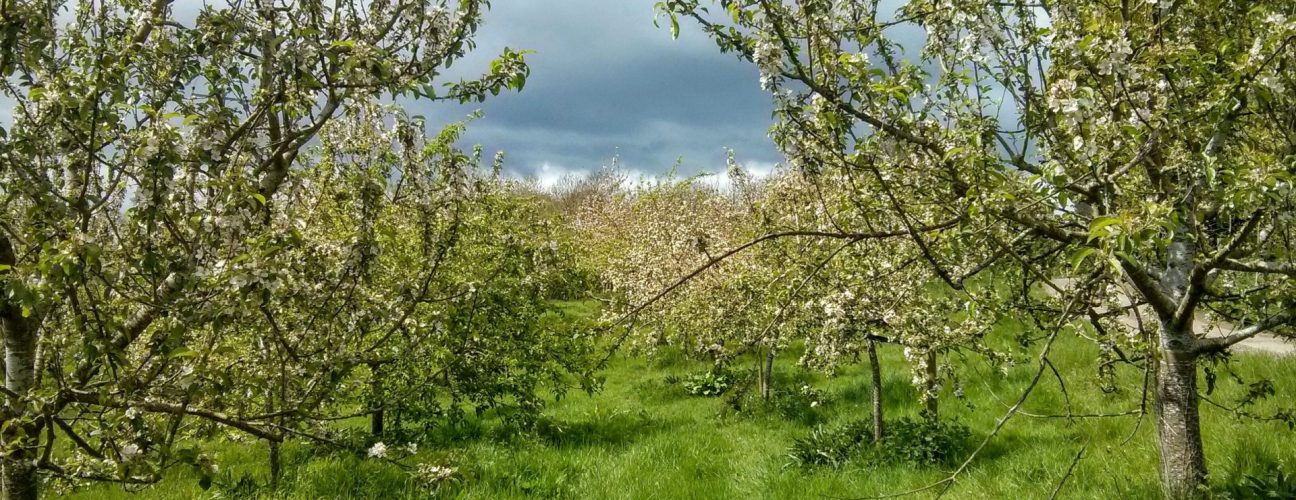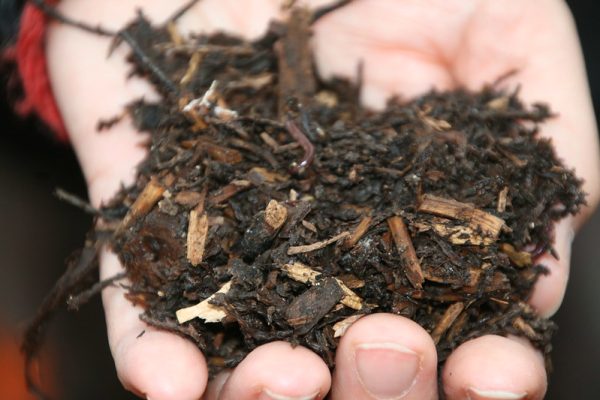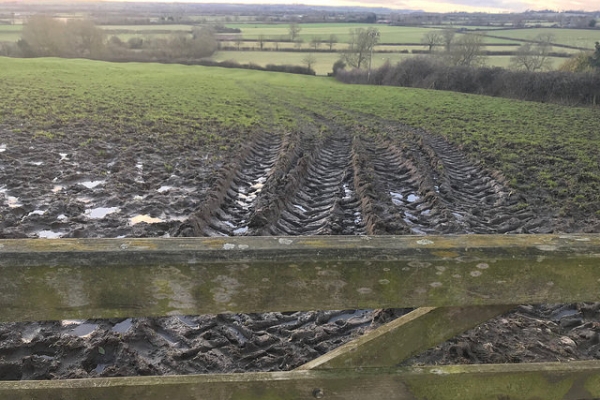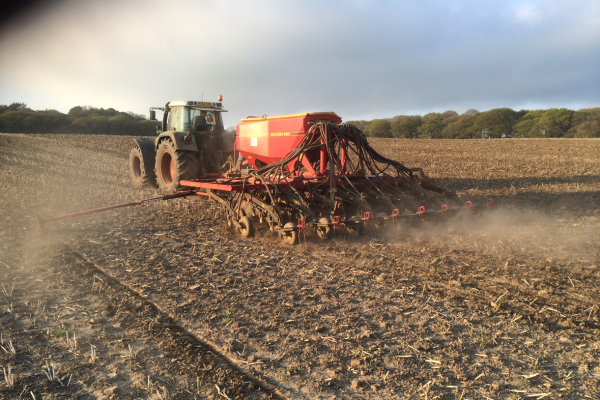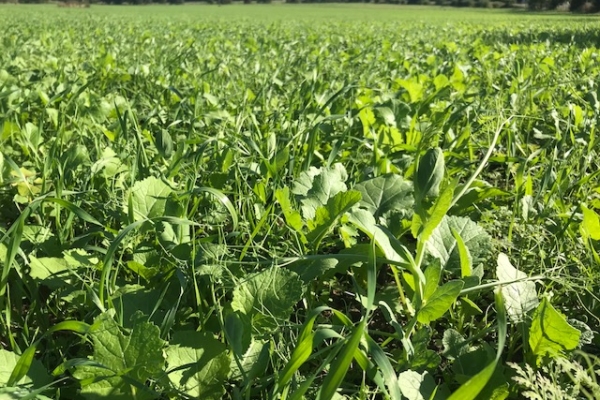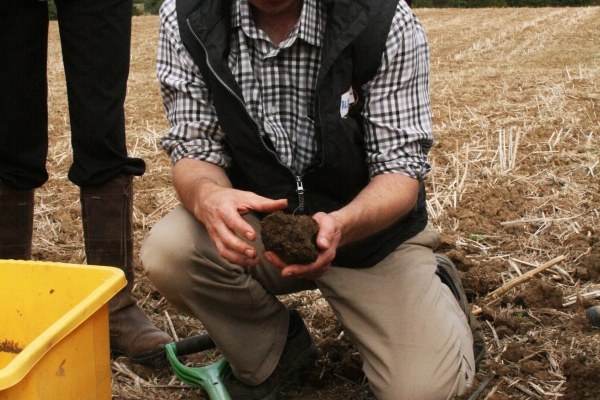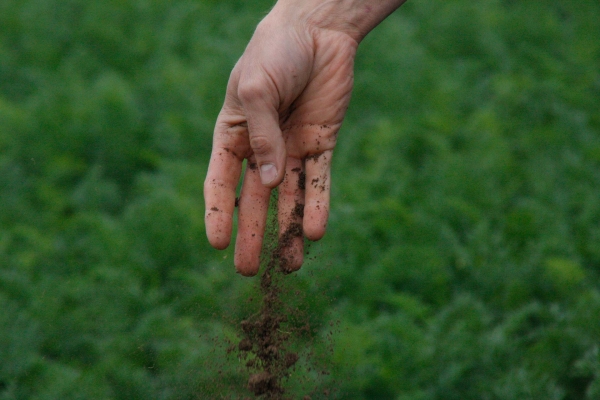Biofertiliser: A probiotic approach at Ragmans Farm
A probiotic approach to soil & plant health at Ragmans Farm.
I am fascinated by the role of microbiology in enhancing the fertility of our soils and health of our crops, and always looking for practical ways other farmers are seeking to capture their benefits.
In this video footage, recorded on a recent visit to Ragmans Lane Farm, Matt Dunwell explains their ‘probiotic’ approach of using biofertilisers to enhance soil and plant health.
He explains that together with researcher, Juanfran Lopez, they have established on-farm trials to seek to understand the impact of biofertilisers on their organic orchards.
Matt shares some of the theory behind the role of biofertilisers in unlocking nutrients and making plants more resilient to attack from pests and diseases. He also explains how they make the aerobic ferments of cow manure, molasses, yeast, rock dust, water and milk or whey, and apply them as a foliar spray in the orchards.
Katie Bliss is Agricology’s Project Manager.
Ragmans Lane Farm is a 60 acre organic farm in the Forest of Dean in Gloucestershire. They use farming practices that regenerate the land, using permaculture as a guiding design principle. They run courses educating and employing people to work the land sustainably, giving them the opportunity to ‘learn on the job’, as well as producing award winning apple juice!
Learn more:
- Keen to find out more about the book Matt describes; ‘The ABC of Organic Agriculture’? See here.
- You can view an interesting video filmed at Ragmans Lane Farm featuring the author of the book, Jairo Restrepo talking about (as described on the website) “the wonders of cow manure, soil microbes, trace elements, and their link with increased soil, plant and human health.”
- Also see a short video with commentary from Matt Dunwell that was filmed by Hannah Steenbergen from the Sustainable Food Trust in the summer of 2016.
- Interested in enrolling on a biofertiliser course at Ragmans Lane Farm? Find out more here.
(Editor’s Note)
